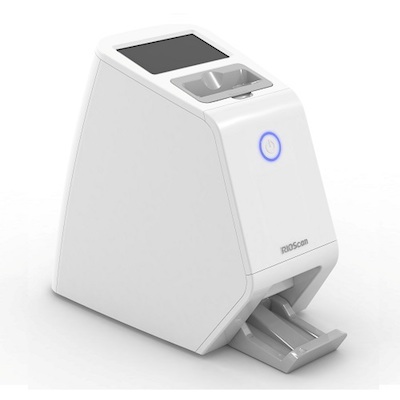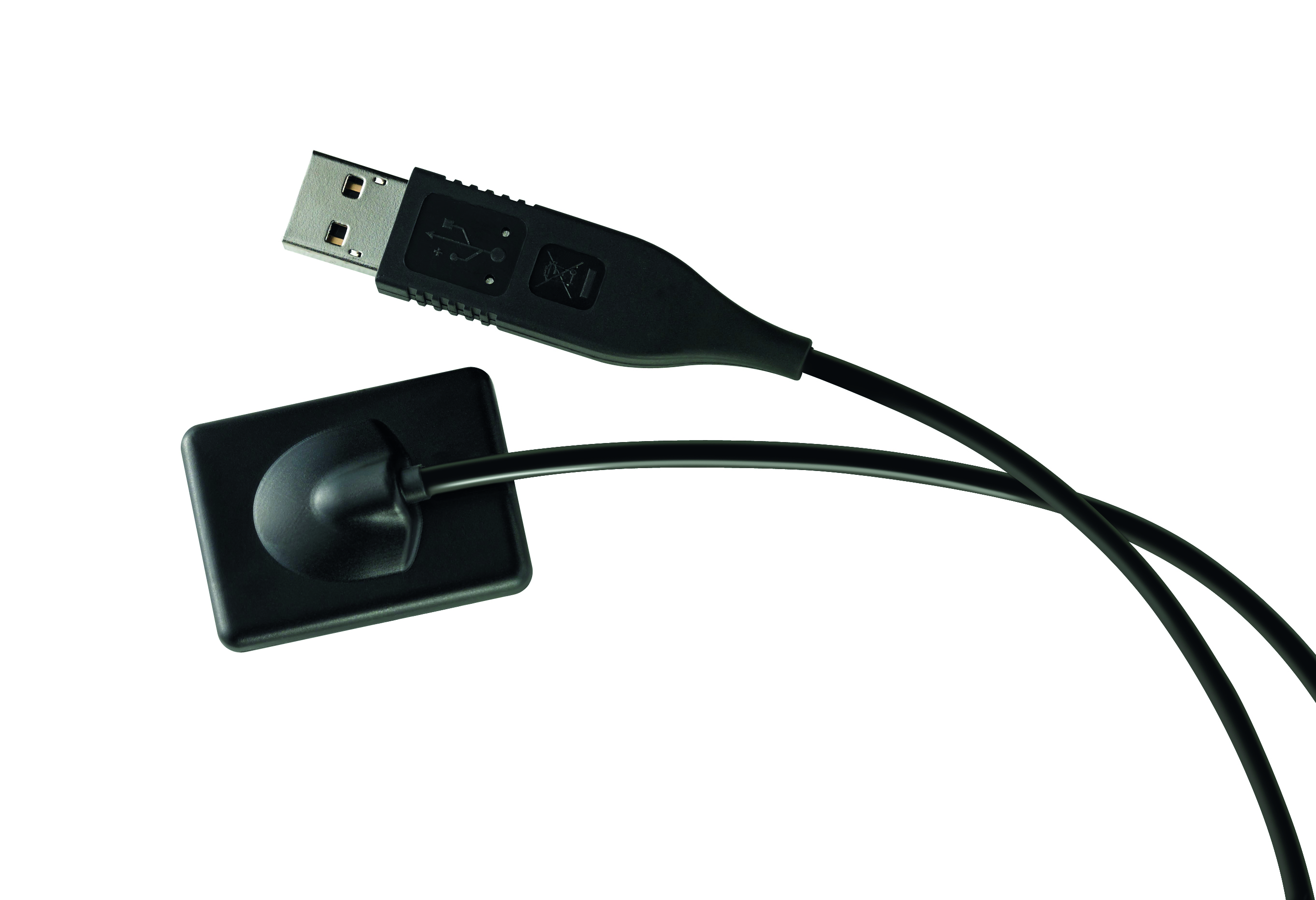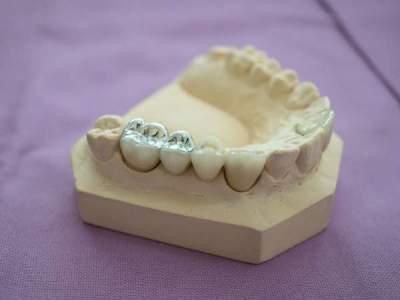When it comes to digital imaging in the dental practice, you have two main options to choose from; intraoral sensors or phosphor plate systems.
While both are much more efficient than traditional film x-raying methods, there are variations between the two which should be considered when choosing the right device for your practice. Achieving the best form of intraoral radiography for your patient’s comfort and your clinic is essential. Intraoral sensors and phosphor plate systems (PPS) both have their benefits, and we endeavour to delve deeper into these in this article to assist you in choosing the most advantageous device for your practice’s needs.
Imaging speed
Intraoral sensors are typically much quicker than phosphor plate systems. Because a wire is attached to the sensor, the image is sent directly to your PC without any further processing required. The phosphor plate, on the other hand, needs to be taken out and put through a scanning machine to produce the digital image that appears on your computer. This being said, great strides have been made in the advancement of phosphor plate imaging, and devices like the RAY RIOScan will process a plate in just five seconds in HS Mode.

Image quality
The quality of images produced by intraoral sensors and phosphor plate systems is lower in definition than traditional film imaging. However, the higher contrast present in images taken using digital radiography makes them beneficial for diagnosing purposes. Images obtained using both intraoral sensors and phosphor plates can be enhanced once on your PC, using similar software. It’s worth noting that phosphor plates come in a range of different sizes, while intraoral sensors only come in two. Using phosphor plates could give you the ability to hone in on the area you need to examine for further detail or provide much smaller plates for restricted mouths.
Patient comfort
Digital imaging is arguably more comfortable for the patient than film radiography. With both intraoral sensors and phosphor plates, x-rays can be taken while the patient reclines in the dental chair – there’s no need to waste precious time moving them into another room and positioning them correctly. Intraoral sensors expose the patient and dentist alike to far less radiation than film and phosphor plate radiography. However, intraoral sensors tend to be thicker and larger than phosphor plates, and the attached cord can make it difficult to get the sensor in the right position for the x-ray. In contrast, phosphor plates are much thinner and can be very flexible and soft, making it easier to move around the mouth with minimal discomfort. But you will need to weigh up your options here, as phosphor plates may need to be left in the mouth for longer to attain the image. So while an intraoral sensor may be slightly less comfortable, the patient will more than likely need to have it in their mouth for a shorter period of time. It’s also worthwhile noting that intraoral sensors are still small! The RAY RIOSensor size 1 is just 39x25mm with a thickness of 5.3mm.

Cost
Phosphor plate systems tend to be more affordable than intraoral cameras. It is less costly to replace the sensors for phosphor plates, and the scanning device can be shared between multiple dentists, which is ideal for group practices. Various staff can utilise intraoral sensors, but they need to be connected to a computer for the image to process, so x-rays can only be taken by one dentist at a time.
Are you considering replacing your traditional film processor with an updated, digital imaging solution for your practice? Browse Dental Depot’s range of intraoral sensors and phosphor plate systems today or contact us for a quote to rent or buy!



